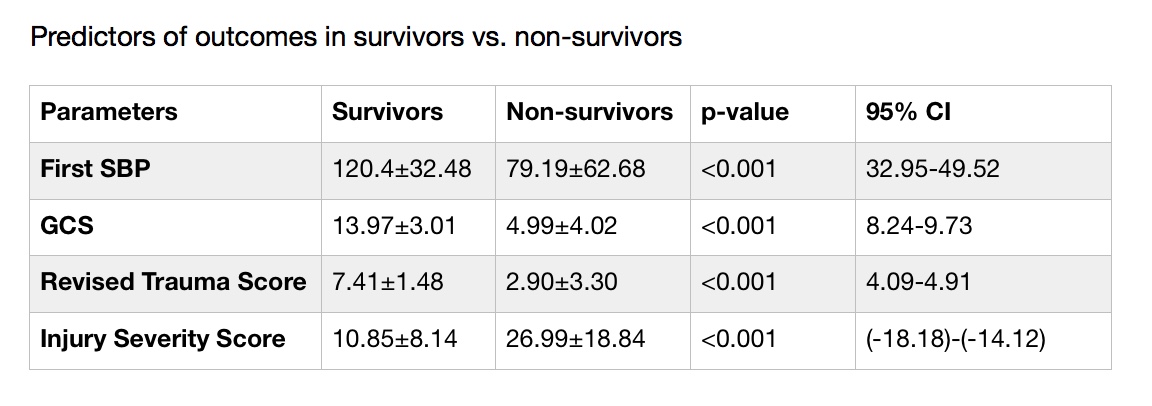A. Fereydooni1,2, X. Guo2,3, H. Hu2, T. Isaji2, N. Nassiri4, L. Zhang3, A. Dardik2,4 1Howard Hughes Medical Institute,Chevy Chase, MD, USA 2Vascular Biology And Therapeutics Program,Yale School Of Medicine,NEW HAVEN, CT, USA 3Renji Hospital, Shanghai Jiaotong University,Department Of Vascular Surgery,Shanghai, SHANGHAI, China 4Yale University School Of Medicine,Department Of Surgery, Section Of Vascular And Endovascular Surgery,New Haven, CT, USA
Introduction: Arteriovenous fistulae (AVF) continue to be the most common access created for hemodialysis, but up to 50% of AVFs fail to mature, suggesting a need to improve AVF maturation. In a mouse model, Akt1 expression increases during AVF maturation and reduced Akt1 expression in vivo reduces fistula wall thickness and diameter and improves long-term patency. Mammalian target of rapamycin (mTOR) is a key regulatory protein that integrates signals from the Akt pathway to coordinate cell growth and proliferation. We hypothesized that inhibition of the Akt1-mTORC1 axis reduces pathologic venous remodeling that is associated with failure of AVF maturation.
Methods: A C57BL6/J mouse aortocaval fistula model was used (male, 9–12 weeks). Mice were injected with 0 or 100 μg of rapamycin (intraperitoneal) daily. The AVF (venous limb) of control- and rapamycin-injected mice were harvested at days 0, 3, 7 and 21 and for comparison analysis. Post-operative vessel remodeling was assessed using serial ultrasound measurements of the AVF diameter and computer morphometry to measure vessel wall thickness. AVF were compared for leukocyte, M1 and M2 macrophage surface markers and expression level of Akt1 signaling proteins using Western blot and immunofluorescence (IF) intensity.
Results: Rapamycin reduced AVF wall thickness (day 3, 4.4 μm vs 7.6 μm; day 7, 4.7 μm vs 17.8 μm; day 21, 6.2 μm vs 42.2 μm; p<0.01; n=4), without any change in AVF diameter (1-11% reduction in relative diameter; p>0.5 for day 21; n=6). Rapamycin decreased PCNA expression (day 3 and 7, p< 0.05; n=3), but did not increase cleaved caspase-3 expression (day 3, 7, and 21 p>0.05; n=3) in AVF. Deposition of collagen I, collagen III and fibronectin also decreased in AVF of rapamycin-treated mice, compared to control mice (41-63% reduction in IF intensity of all three markers at day 21, p< 0.05 for collagen I and III day 7 and 21; n=4; p< 0.01 for fibronectin day 3, 7 and 21; n=5). Rapamycin treatment was associated with diminished phosphorylation of the mTORC1 pathway: Akt1, 4EBP1 and p70S6K (p<0.001; n=5-7), but not of the mTORC2 pathway: PKC-α and SGK1 (p>0.4; n=4). Both leukocyte CD45+ and macrophage CD68+ protein expression increased in AVF compared to sham-operated vein (days 3, 7 and 21; p<0.05). Macrophage depletion with clodronate liposomes reduced AVF wall thickness compared to control veins (p< 0.01, day 21; n=3). Rapamycin also reduced macrophage CD68+ protein expression as well as both M1 and M2 macrophage activity in AVF (iNOS, TNF-α, IL-10 and CD206, day 7, p<0.04; n=4).
Conclusion: Rapamycin reduces inflammation and wall thickening during AVF maturation through the Akt1-mTORC1 signaling pathway. Rapamycin may be a translational strategy to improve AVF patency.





